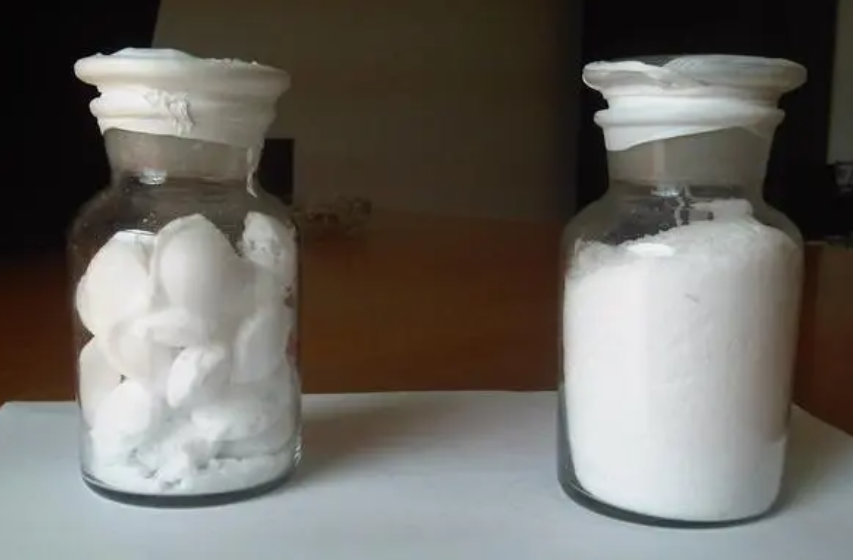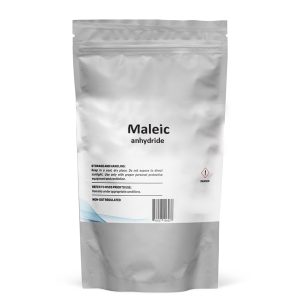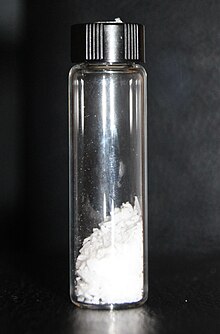Description
Maleic Anhydride: An Unsung Hero of Chemical Manufacturing
Maleic anhydride (MA), a versatile organic compound with the chemical formula C₄H₂O₃, often flies under the radar, yet it’s a crucial building block in a vast array of industries. This colorless solid, with its pungent odor, serves as an intermediate in the production of numerous products, impacting everything from plastics and resins to pharmaceuticals and food additives. Let’s delve into the characteristics, production, and applications of this chemical powerhouse.
Properties and Production:
Maleic anhydride is a cyclic dicarboxylic anhydride, meaning it’s derived from maleic acid through the removal of water. At room temperature, it exists as a solid, but it readily sublimes upon heating. It’s soluble in organic solvents like acetone and alcohol and reacts exothermically with water to form maleic acid, highlighting its highly reactive nature.
The industrial production of maleic anhydride primarily relies on the catalytic oxidation of benzene or butane. The traditional method involves the oxidation of benzene, but in recent years, the butane-based process has become increasingly favored due to its lower cost and environmental impact. The process typically involves passing a mixture of the hydrocarbon and air over a vanadium phosphate catalyst at elevated temperatures. The resulting maleic anhydride is then recovered and purified through various techniques, including absorption, distillation, and crystallization.
A Multitude of Applications:
The versatility of maleic anhydride stems from its ability to participate in a wide range of chemical reactions. This reactivity makes it a key ingredient in numerous applications:
- Unsaturated Polyester Resins (UPR): The largest consumer of maleic anhydride is the UPR industry. These resins are used extensively in the manufacture of fiberglass-reinforced plastics, found in boat hulls, car parts, bathroom fixtures, and construction materials. Maleic anhydride’s presence contributes to the resin’s durability, strength, and resistance to corrosion.
- Fumaric Acid and Malic Acid: Maleic anhydride is readily converted to fumaric acid and malic acid through hydration and isomerization. Fumaric acid is used as a food acidulant and in the production of certain resins, while malic acid is a common ingredient in beverages, candies, and pharmaceuticals, contributing to a tart flavor.
- Lubricant Additives: MA is used in the synthesis of lubricant additives, which improve the viscosity, stability, and anti-wear properties of engine oils and other lubricants.
- Agricultural Chemicals: Maleic anhydride derivatives are used in the production of various agricultural chemicals, including plant growth regulators and herbicides.
- Pharmaceuticals: MA serves as an intermediate in the synthesis of certain pharmaceuticals. Its reactive nature allows for the creation of complex molecules with specific therapeutic properties.
- Copolymers: Maleic anhydride is a valuable monomer in the creation of various copolymers. These copolymers find applications in areas like coatings, adhesives, and paper sizing.
Safety and Environmental Considerations:
While a crucial component in numerous industries, maleic anhydride does pose some safety and environmental concerns. It’s an irritant to the skin, eyes, and respiratory system, requiring proper handling and protective measures. Furthermore, emissions from MA production facilities can contribute to air pollution.
The industry is continuously striving to improve the sustainability of MA production through the development of more efficient catalysts, optimized process designs, and reduced reliance on benzene as a feedstock. Utilizing butane as a feedstock is a significant step in this direction, offering a more environmentally friendly alternative.
The Future of Maleic Anhydride:
The demand for maleic anhydride is expected to continue to grow alongside the expanding applications of its derivative products. Innovation in catalysis, process optimization, and the development of bio-based production methods will be crucial for ensuring a sustainable and efficient future for this versatile chemical.
In conclusion, maleic anhydride, though often unseen, plays a vital role in modern manufacturing. Its numerous applications, from the plastics that shape our world to the food additives that enhance our dining experiences, highlight its significance. By continually improving its production methods and prioritizing safety, the maleic anhydride industry can continue to contribute to a diverse range of sectors while minimizing its environmental footprint.













Reviews
There are no reviews yet.